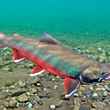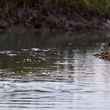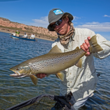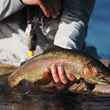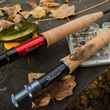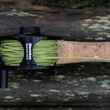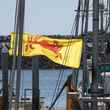I’ve always been a vest guy. My granddad fished with a vest, my dad used a vest, and I used my dad’s vest until it met an untimely end thanks to a barbed-wire fence. Even though I had to retire my dad’s vest a few years after I started writing fishing gear reviews, I didn’t give a second thought to incorporating any of the backpacks, sling packs, and hip packs I’d tried out into my normal fishing routine. Those products, while good, just weren’t as comfortable for me as a fishing vest, and comfort is a huge priority for me while I’m on the water.
Review: Orvis Chest Pack
by Spencer Durrant - Tuesday, Jan 19th, 2021



